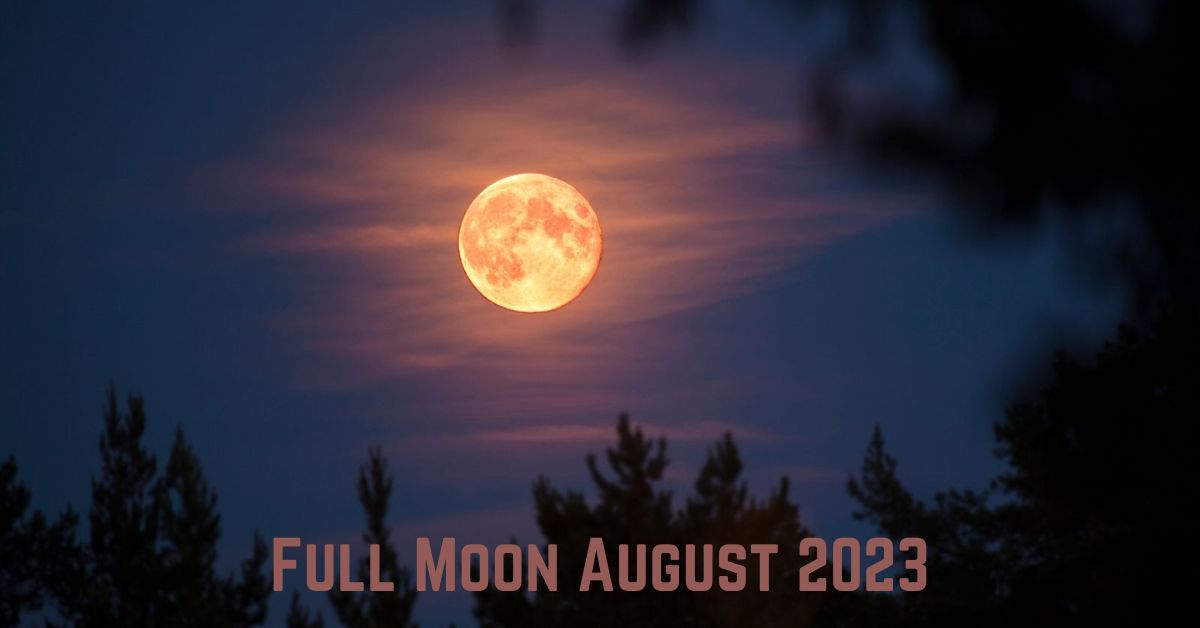The full moon is a natural phenomenon that occurs when the moon is completely illuminated by the sun. It is one of the most beautiful and awe-inspiring sights in the night sky.
The full moon occurs about once every 29.5 days. This is because the moon takes 29.5 days to orbit the Earth. When the moon is full, it is opposite the sun in the sky. This means that the side of the moon that is facing the Earth is fully illuminated by the sun.
The Next Full Moon 2023
The next full moon will be on August 1, 2023. It will be a Sturgeon Moon. The Sturgeon Moon is the name given to the full moon in August. It is said to be named after the sturgeon, a large fish that is found in many lakes and rivers in North America. In 2023, there are four supermoons. Because it is the second full moon of the month, the moon on August 30 will also be a blue moon.
#fullmoon #supermoon #bluemoon #Aquarius #pisces pic.twitter.com/2uCYkhODCf
— Olga Morales (@AstroGann33) July 29, 2023
The August 1 sturgeon moon will reach maximum illumination around 2:32 p.m. ET Tuesday, when it will be below the horizon in the United States. However, it will appear plenty full as it rises over the horizon in the southeast sky after sunset that evening. The term “supermoon” refers to the fact that it will appear significantly larger and brighter than a regular full moon.
Full Moon Calendar 2023
Here is the full moon calendar for 2023:
| Date | Name | Time (ET) |
|---|---|---|
| January 6 | Wolf Moon | 6:08 PM |
| February 5 | Snow Moon | 1:29 PM |
| March 7 | Worm Moon | 7:40 AM |
| April 6 | Pink Moon | 12:34 AM |
| May 5 | Flower Moon | 1:34 PM |
| June 3 | Strawberry Moon | 11:42 PM |
| July 3 | Buck Moon | 7:39 AM |
| August 1 | Sturgeon Moon | 2:32 PM |
| August 30 | Blue Moon | 9:36 PM |
| September 29 | Harvest Moon | 5:58 AM |
| October 28 | Hunter’s Moon | 4:24 PM |
| November 27 | Beaver Moon | 4:16 AM |
| December 26 | Cold Moon | 7:33 PM |
Why Is It Called The Sturgeon Moon?
According to the Old Farmers Almanac, “August’s full moon was traditionally called the sturgeon moon because the giant sturgeon of the Great Lakes and Lake Champlain were most easily caught during this part of summer.”
Sturgeon are a type of huge fish known as living fossils because they have remained nearly unchanged for more than 100 million years, according to Newsweek. Sturgeon were previously abundant, but their populations have dropped significantly owing to overfishing and habitat degradation, according to the National Oceanic and Atmospheric Administration.
Supermoons In 2023
There will be four supermoons in 2023. A supermoon occurs when the full moon coincides with the moon’s closest approach to Earth. This makes the moon appear larger and brighter than usual.
The supermoons in 2023 will occur on:
- January 2, 2023
- July 13, 2023
- August 1, 2023
- September 28, 2023
Observing The Full Moon
The full moon is a beautiful sight to behold. If you are interested in observing the full moon, there are a few things you can do:
- Find a clear spot where you can see the horizon.
- Look for the moon in the western sky after sunset.
- Use binoculars or a telescope to get a closer look at the moon.
Why Do Full Moons Have Names?
Publications such as the Old Farmer’s Almanac take their names for the full moon from a variety of different sources, including those used by Native Americans, those used in Colonial America, and those used by Europeans.
According to the Almanac, in the past, the name of each full moon was given not only to the full moon but also to the entire lunar month in which it happened. This did not only apply to the full moon. Stay tuned The Current Online for more updates.
